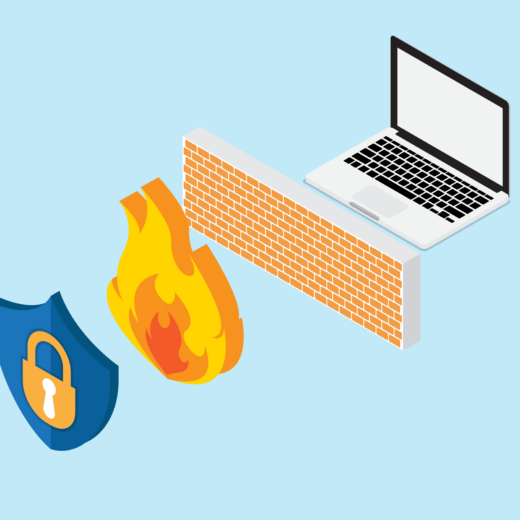Understanding Core Web Vitals

Core Web Vitals are an overall assessment of what a site looks like and how it is judged by its users. Site speed, usability and performance are key ranking factors for Google, which is why they are so important to your overall website presence.
Here, we break down what the Core Web Vitals look like and how they measure the performance of your site.
What Are Core Web Vitals?
Core Web Vitals, often abbreviated to CWV, are a set of metrics that Google uses to help us understand how other users interact with our site. They are usually used by developers to help them find areas to improve a website, but they can be also accessed by anybody at any time using the PageSpeed Insights tool.
Core Web Vitals are used to identify:
- Load times of a website, and page loading performance
- The ease of interactions on the site
- The visual stability of a page when a user lands on your website
There are also certain terms that can confuse the regular user, which we will be explaining in further detail below.
Largest Contentful Paint (LCP)
This is a metric used to measure the time it takes for a page to load. This metric will tell you how quickly the content on a website appears on the screen. Nothing below the main fold is considered in this measurement, which is why it’s important to keep the priority content above the fold.
Images, videos, text and any background images will be loaded and tested in this metric.
Cumulative Layout Shift (CLS)
CLS is a metric used to help site owners understand if content is moved across the site. Sometimes you’ll hop onto a website and see the content shift down the page due to the slow loading times? That is where the CLS is at play, and Google would mark your site poorly if this happens often.
This metric will measure the layout shift on the site, the distance it moves and its impact on users. It’s really important that your content remains in the same place on a page at all times. If it moves around then users can become confused and irritated with the site, increasing the bounce rate and losing rankings.
First Input Delay (FID)
FID measures how responsive a page run when there user inputs are added. This means that this metric will measure clicks and keyboard presses.
100 milliseconds is the metric Google uses in this regard. This can be a tricky metric to follow as every user is different with regards to clicking, scrolling and using their keyboard on a website.
Internet speeds and other factors are also not considered in this metric, which may mean you will need to take this metric with a pinch of salt.
How can I improve my Core Web Vitals?
With all the complicated jargon on CWV reports it’s understandable that a lot of users are unsure how best to go forward with improving the performance of their site.
For one, images are a common culprit to slow site speed. Compressing and resizing images will help greatly with site speed and can be easy enough to perform using compression tools online.
Lazy loading is another good way of ensuring the site performs well, especially for above the fold content and when the user scrolls. It limits the amount of bandwidth used in one instance, which makes it less taxing for the site to load everything at once.
Removing unnecessary JavaScript and CSS is another really common issue that can be easily actioned. You can find out how much is being used by selecting “Inspect” when you right click on an element. From there, you can see what JavaScript needs to be removed.
You can alternatively talk to a member of our team who can work on giving your site the attention it needs. We have a package that can take a look into your Core Web Vitals and make actionable results to improve your SEO performance.







